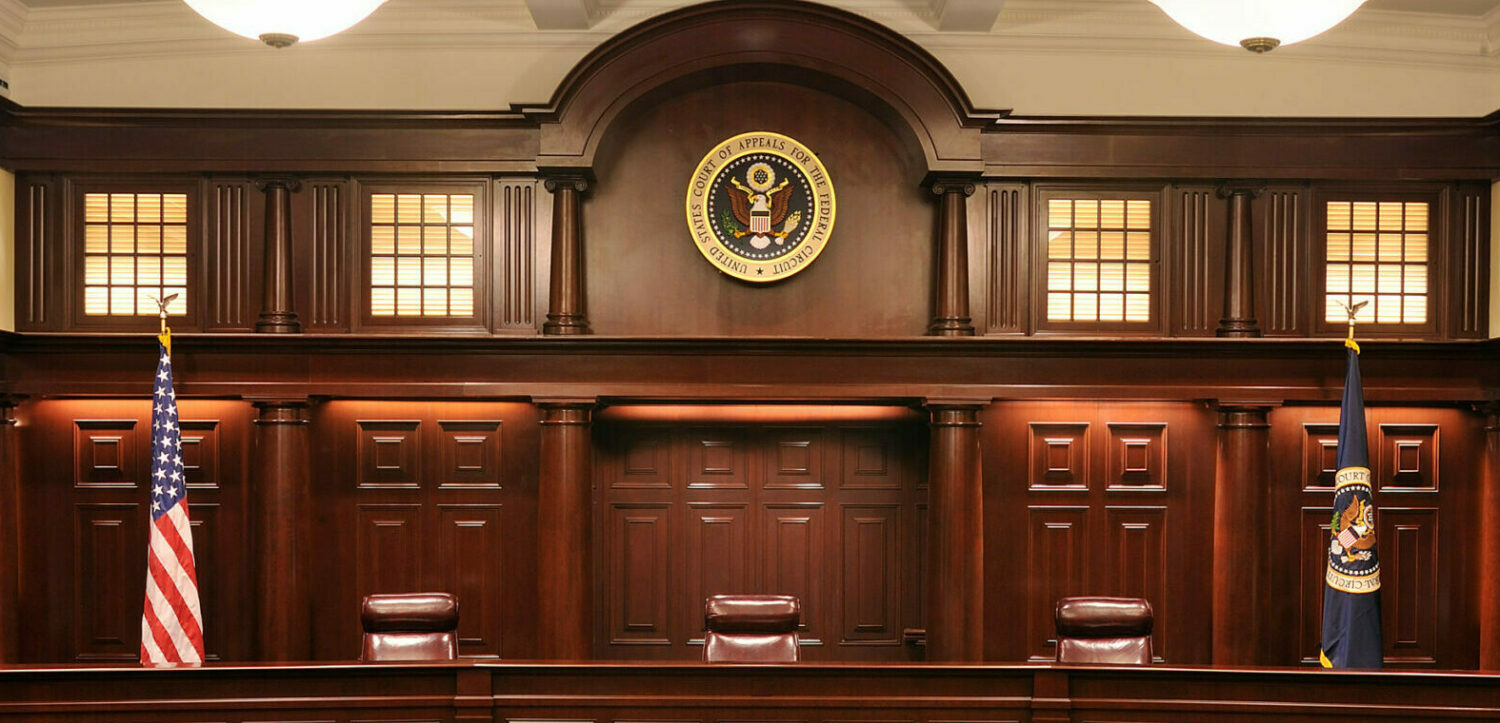The Court’s term is divided into sittings of approximately two weeks each, during which it meets in open session and holds internal conferences, and recesses, during which the justices work behind closed doors as they consider cases and write opinions. The 80 to 90 cases per term that receive the Court’s full treatment follow a fairly routine pattern. Oral Argument. Oral arguments are generally scheduled on Monday through Wednesday during the sittings.
The sessions run from 10:00 a.m. until noon and from 1:00 until 3:00 p.m. Because the procedure is not a trial or the original hearing of a case, no jury is assembled and no witnesses are called. Instead, the two opposing attorneys present their arguments to the justices. The general practice is to allow 30 minutes for each side, although the Court may decide that additional time is necessary. The Court can normally hear four cases in one day. Attorneys presenting oral arguments are frequently interrupted with questions from the justices. The oral argument is considered very important
The Conference. On Fridays preceding the two-week sittings the Court holds conferences; during sittings it holds conferences on Wednesday afternoon and all day Friday. At the Wednesday meeting the justices discuss the cases argued on Monday. At the Friday conference they discuss the cases that were argued on Tuesday and Wednesday, plus any other matters that need to be considered. The most important of these other matters are the certiorari petitions.
Prior to the Friday conference each justice is given a list of the cases that will be discussed. The conference begins at about 9:30 or 10:00 a.m. and runs until 5:30 or 6:00 p.m. As the justices enter the conference room they shake hands and take their seats around a rectangular table. They meet behind locked doors, and no official record is kept of the discussions. The chief justice presides over the conference and offers an opinion first in each case.
The other justices follow in descending order of seniority. A quorum for a decision on a case is six members; obtaining a quorum is seldom difficult cases are sometimes decided by fewer than nine justices because of vacancies, illnesses, or nonparticipation resulting from possible conflicts of interest. Supreme Court decisions are made by a majority vote. In case of a tie the lower-court decision is upheld.


